2.1. Triangular Tiling Pattern. Because Pacioli and da Vinci used only equilateral triangles for the pyramids of the elevations, they could not make elevations of polyhedra with faces other than triangles, squares or pentagons (Figure 10). We can however extend the original concept of elevation to the field of flat tilings with triangular and/or square tiles (Figure 11).
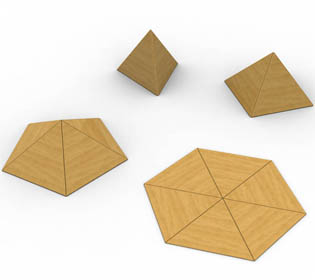
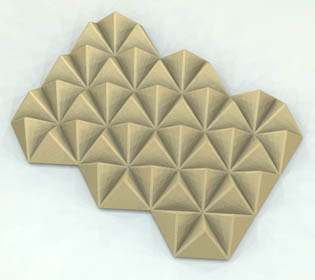
Figure 10: Extension to flat patterns.
Figure 11: Elevated triangular pattern.
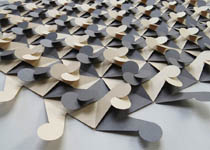
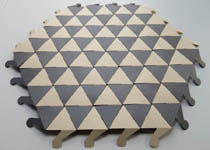
Figure 12: Paper model of the elevated triangular pattern.
Figure 13: Demonstrating the strength
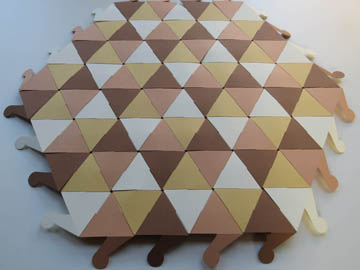
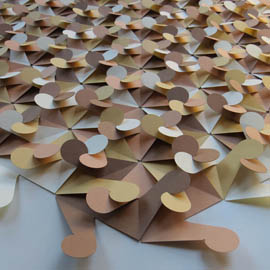
Figure 14: Introducing color patterns
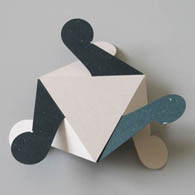
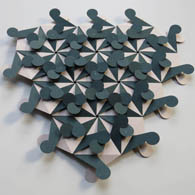
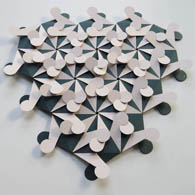
Figure 15: Double element.
Figure 16: Double woven elevated pattern.